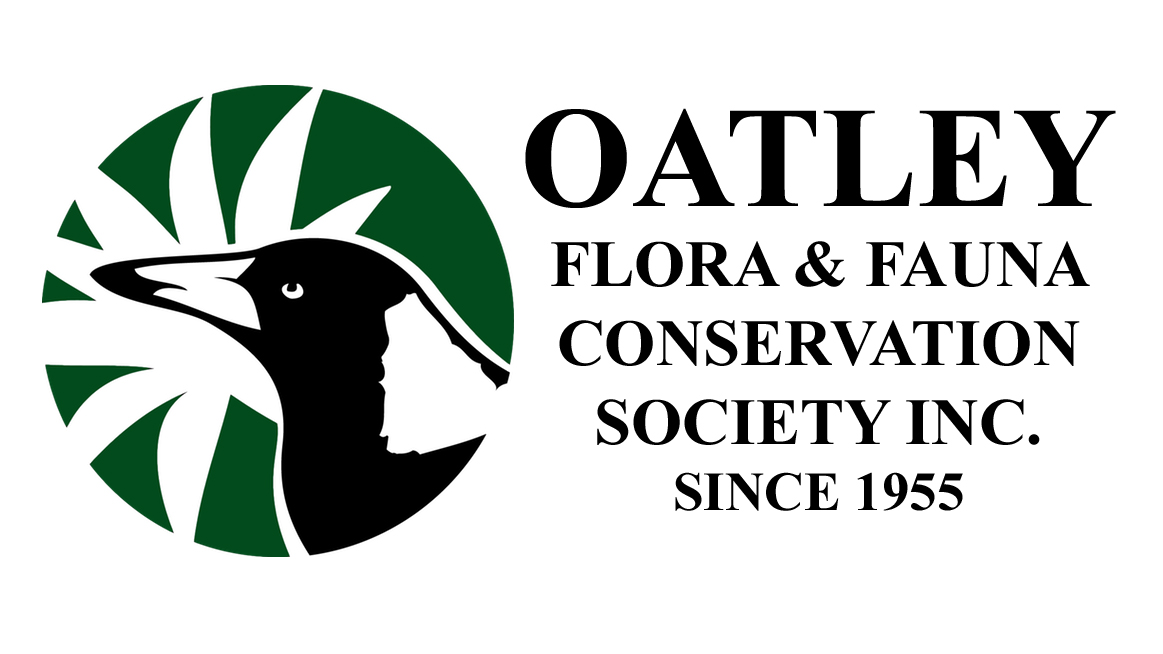Lime Kiln Bay Wetland is located in Oatley and is bordered by Oatley Park, Bay Road, Riley Street, Waterfall Road and Oatley Heights Park. It is a constructed pond system built by Hurstville City Council in 1999/2000 at a cost of $1.2 million and was opened in September 2001.
The system was designed to firstly stop gross pollutants such as plastic, paper and organic matter, then setttle out the sediments and remove nutrients thus preventing pollution from flowing into Lime Kiln Bay and eventually the Georges River.
The construction aimed at:
- enhancing water quality within the wetland and the Georges River
- rehabilitating the wetland ecosystem which was badly degraded
- providing increased recreational and educational value for the local community
Lime Kiln Bay Wetland

- Dairy Creek – Typical of many urban areas, stormwater runoff enters the natural creek system via roof drainage, backyards, road drains and pipe systems, potentially introducing weeds, nutrients and other pollutants.
- Sewer Submain – The North Georges River Submain (NGRS) sewer viaduct crossing Dairy Creek incorporates an emergency relief structure (ERS) to release excess wet weather flows. It also acts as part of Lime Kiln Bay Circuit Track
- Gross Pollutant Trap – To remove large pieces of debris and rubbish washed down the creek from surrounding urban catchment, this trap has been constructed with easy access to facilitate regular cleaning.
- Bypass Flow – Although at most times the creek flow is directed through the wetland, during times of flooding the excess flows bypass the wetland to avoid damaging reedbeds and other infrastructure.
- Sediment Pond – Downstream from the Gross Pollutant Trap, this pond has been created to allow sediment particles to settle out prior to entering the wetland.
- Waterfall Creek – This creek is fed by road drains and a pipe system. It enters the wetland at the southern end of the sediment pond.
- Eastern Ridge Wetland – A more recent addition to the wetland, this now provides a longer flow path through the pond system.
- Constructed Wetland – This man-made wetland completed in 2000 has a critical role in slowing urban run-off, filtering nutrients and other pollutants, as well as providing native fauna habitat.
- Natural Reedbeds – The Phragmites reedbeds provide a final shallow wetland which slows stormwater flows and catches pollutants before entering the mangroves and waters of Lime Kiln Bay.
- Mangrove Community – Naturally occurring estuarine mangroves line the bay and perform many valuable ecological functions.
- Sandstone Escarpment – Offering views over the wetland, these wooded slopes illustrate the original vegetation which surrounds the catchment of Lime Kiln Bay.
Lime Kiln Bay Wetland Awareness Project
Aim was to raise awareness in the local community of the importance of the wetland and to promote increased involvement and behavioural change, thus reducing detrimental environmental impacts. The project included drain stencilling, guided walks, surveys and information on the OFF web site.
Herpetofauna Study – Matt Mo’s publication (2015) on The Lime Kiln Bay Wetland provides the first comprehensive description of the amphibians and reptiles at the site.

Lime Kiln Bay Walk is a 50 minute circuit walk, taking in the constructed wetlands, mangrove board walk and wooded slopes.



